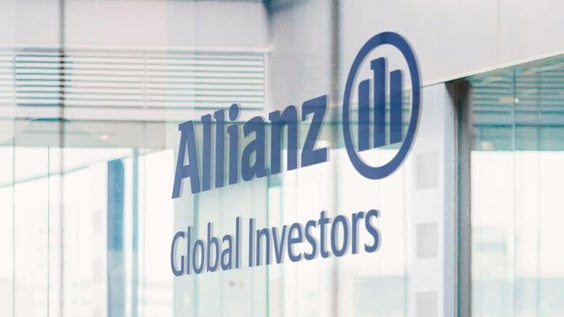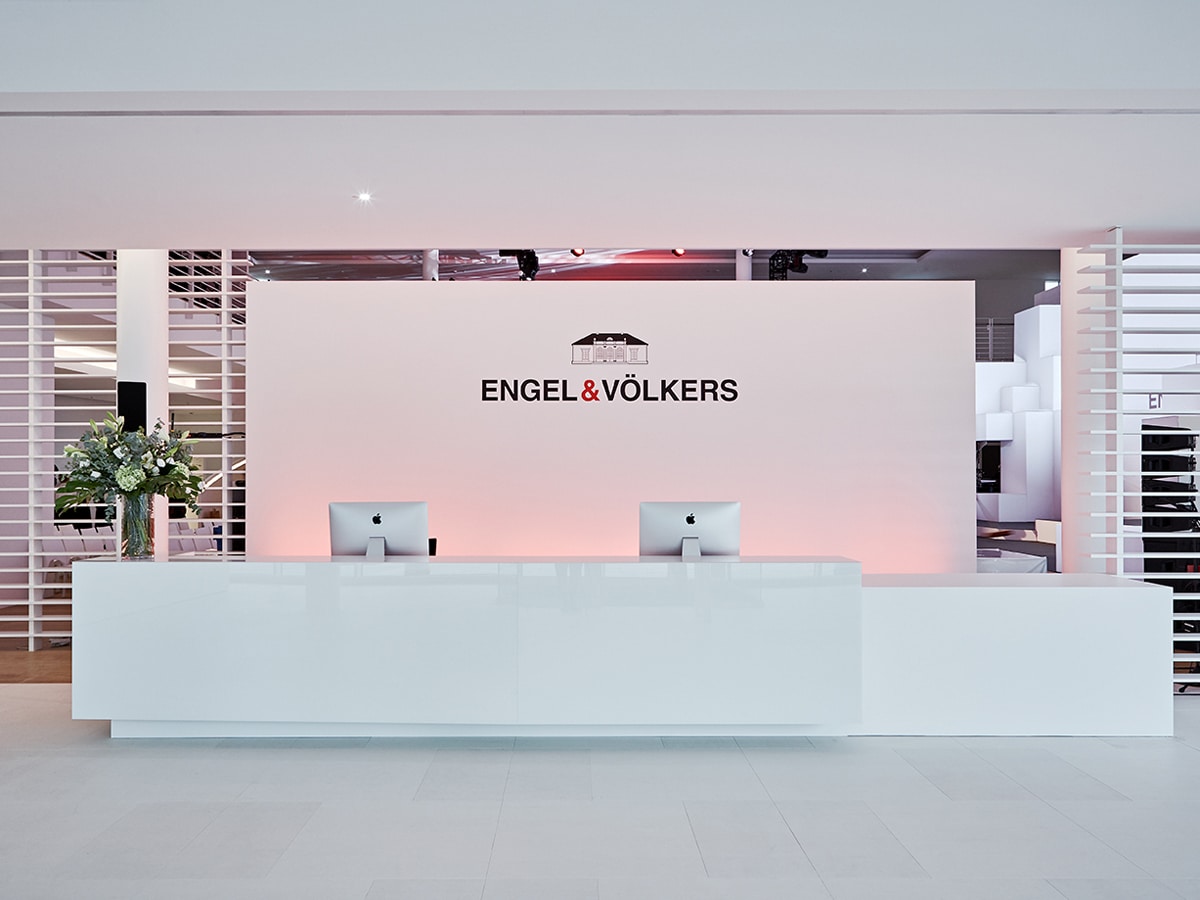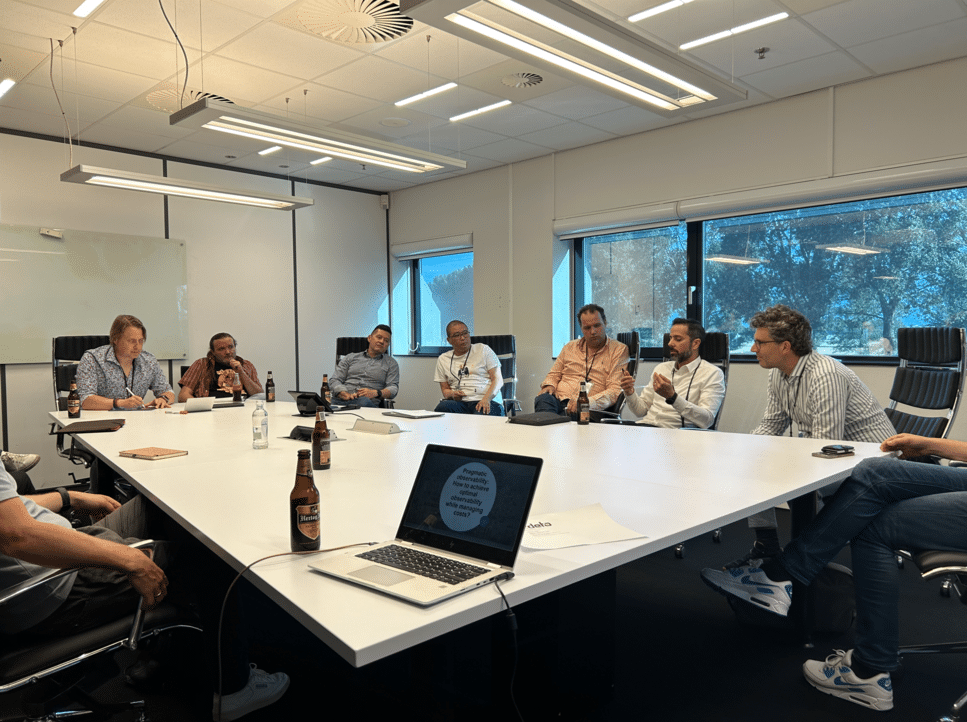In November we held the second in our series of Engineering Leadership roundtables. For this event we bought together Head of Products to bring their experience and knowledge to the table to discuss relevant topics within the industry and their role.
The event was a great success, with insights shared between both speakers and attendees.
Product Development with third party dependencies in a regulated environment
For the first talk of the event, we were joined by Paul Borkel, Head of Product at Vehiculum. To provide context to his talk, Paul first spoke about Vehiculum’s business model and how it’s based on brokering lease contracts. Lease contracts are part of a regulated business environment and you need a banking license and a big balance sheet to become a direct lease provider in the German market.
{% video_player “embed_player” overrideable=False, type=’scriptV4′, hide_playlist=True, viral_sharing=False, embed_button=False, autoplay=False, hidden_controls=False, loop=False, muted=False, full_width=False, width=’1280′, height=’720′, player_id=’38916652904′, style=” %}
Paul comments how Vehiculum’s approach was to stay asset light, but also to create an end-to-end customer journey to lease a car. Noting that this approach is contradictory because the critical part of the transaction (signing and providing of lease contracts) is heavily regulated and not in their hands. The German lease market contains roughly 10-15 relevant players (banks), that capture all offers in the market. The offer (price) for a lease car is the combination of the discounted price of a dealership with the lease product of a bank based on an estimated residual value and the interest rate. The dealership is the only entity that can order a car from the manufacturer and then sell it via lease.
Vehiculum are empowering the customer to have full market transparency by showing all available prices for car lease on-site (by pre-calculating the financial terms of all banks including more or less the maximum discount of the dealerships for each brand). They use their cooperating dealerships to print, upload, and receive lease contracts by post and, when everything’s in place, to actually order the car for the customer.
Paul explains that the problem for their customers is that the customer journey is not fully digital. They are dependent on the manual workforce of a dealership to create lease contracts. Additionally, the most important lease banks (manufacturer banks) want to become their own distributor so are hesitant to work with the company. Only co-operation with banks can empower them to create a seamless customer journey.
How did they try to solve this problem?
Paul discusses how having conducted business development, driven by the CEO and Paul as Head of Product to find entry points to more banks (helping their digital strategy by building product for them), Vehiculum build MVP products with manufacturer neutral Banks (like Santander) of a fully digital checkout to have a use case. They also tried to evaluate a power of attorney concept (bypassing strategy).
What is the problem with that?
However, Paul highlights that the main issue with this is that starting cooperation with banks is a very long journey through only a partially defined legal framework on their side. Manufacturer Banks believe that they can build their own online sales platforms and rather focus on a lock out strategy for third party platform approaches (like Vehiculum) that are not already under their umbrella (strategic investment).
You can listen to Paul’s full talk here.
Integrating product discovery in your day-to-day work
For the second talk of the evening, we were joined by Head of Product at Babbel, Sophia Hofling. Sophia highlights that successful digital products require two things: building the right product (product discovery) and building the product right (product delivery). A winning product team needs to master and balance both delivery and discovery.
{% video_player “embed_player” overrideable=False, type=’scriptV4′, hide_playlist=True, viral_sharing=False, embed_button=False, autoplay=False, hidden_controls=False, loop=False, muted=False, full_width=False, width=’1280′, height=’720′, player_id=’38911634047′, style=” %}
While this is nothing new to the industry, it seems to Sophia that product delivery still tends to get much more attention, both from product development teams themselves as well as from management. So why do many companies and product development teams focus so much of their attention on delivery work, well aware of the fact that discovery work is similarly crucial?
Sophia hypothesises that it’s because setting up delivery structures is comparatively easier as there are lots of branded frameworks (e.g. Scrum, Kanban) and tools (e.g. JIRA) with detailed, hands-on tips on how to do delivery work right.
For product discovery, no such frameworks or dedicated tools exist. That’s probably due to the exploratory nature of the work. It’s presumably impossible to define a discovery framework similar to the delivery frameworks. Yet, Sophia believes that there are a couple of industry and product-agnostic aspects that every team should consider when setting up product discovery structures.
Here are 4 things you need to consider when building product discovery structures:
- Plan how every member of your product development team can contribute to discovery work
- Consider how to continuously involve customers in your discovery work
- Set your ways of working and define how to embed discovery discussions into your team ceremonies (thinking about how delivery and discovery work can be entwined)
- Build a discovery toolbox together with your team
To hear Sophia explain more about these considerations, listen to the full talk here.
Shifting your company into the “Product Mindset” gear
For the final talk of the event, Gabriel Radic, Head of Product at Eqolot talked about how his company, which was successful fell into the “good enough” trap – growth slowed and scaling was painful, despite the rich experience and application of best practices.
{% video_player “embed_player” overrideable=False, type=’scriptV4′, hide_playlist=True, viral_sharing=False, embed_button=False, autoplay=False, hidden_controls=False, loop=False, muted=False, full_width=False, width=’1280′, height=’720′, player_id=’38904169289′, style=” %}
Gabriel explains what they did to change the company mindset from ‘customer first’ to ‘product building’, which put them back on track. He discusses:
- What went well (and not so well) in his company
- How they identified bad habits and moved people away from them
- How they regained trust in tech with transparency and involvement
- How they leveraged data with little BI investment
There’s also discussion around why Gabriel believes Excel and CRMs are the enemy, as well as why everyone should get usability training.
To listen to Gabriel’s full talk, click here.
Thank You
Thank you to all three speakers for their insightful and engaging talks, and the attendees for contributing to a great event.
If you are interested in speaking at, or attending, our next event don’t hesitate to contact Third Republic or even the host Gus Firth directly




